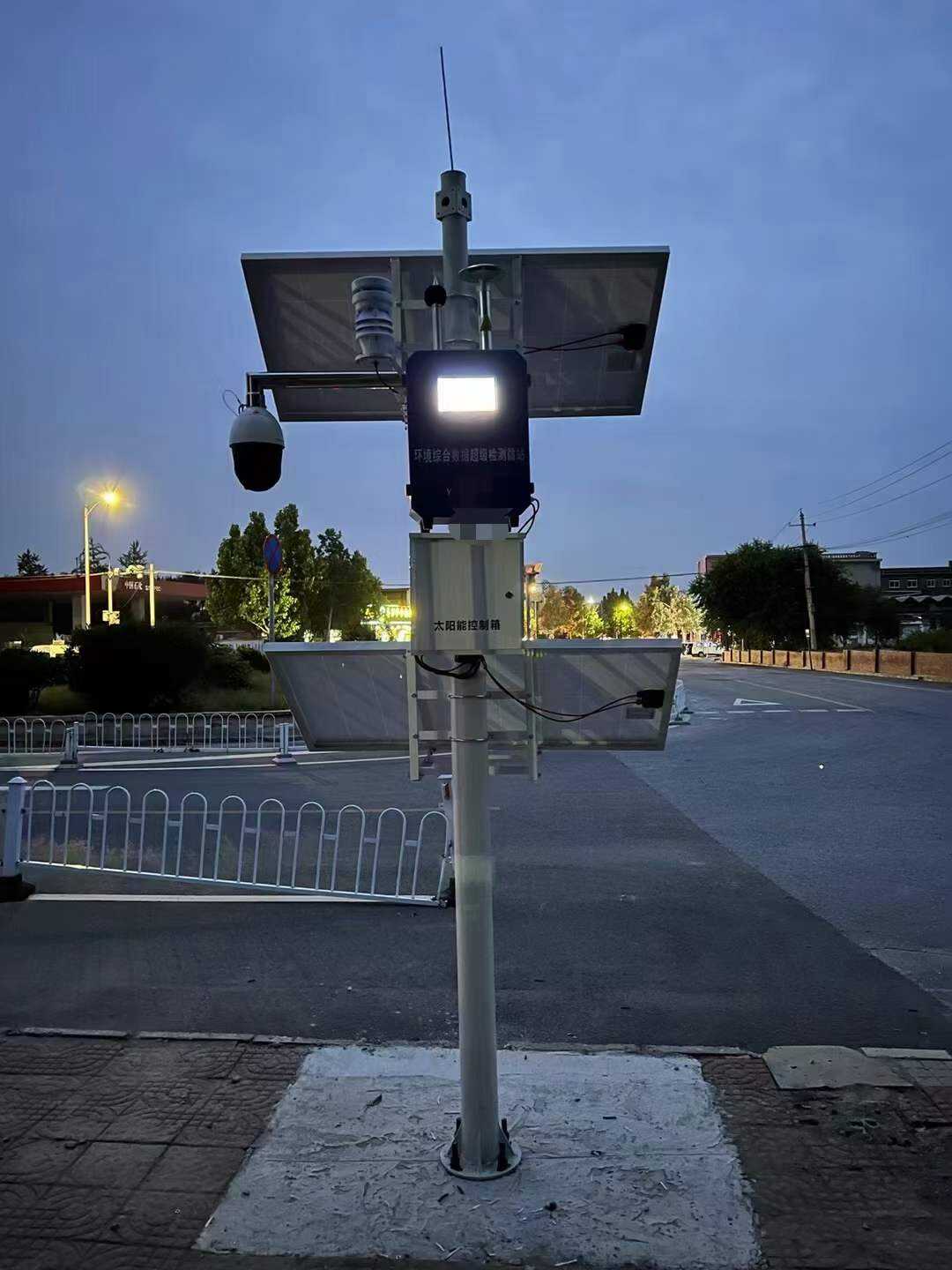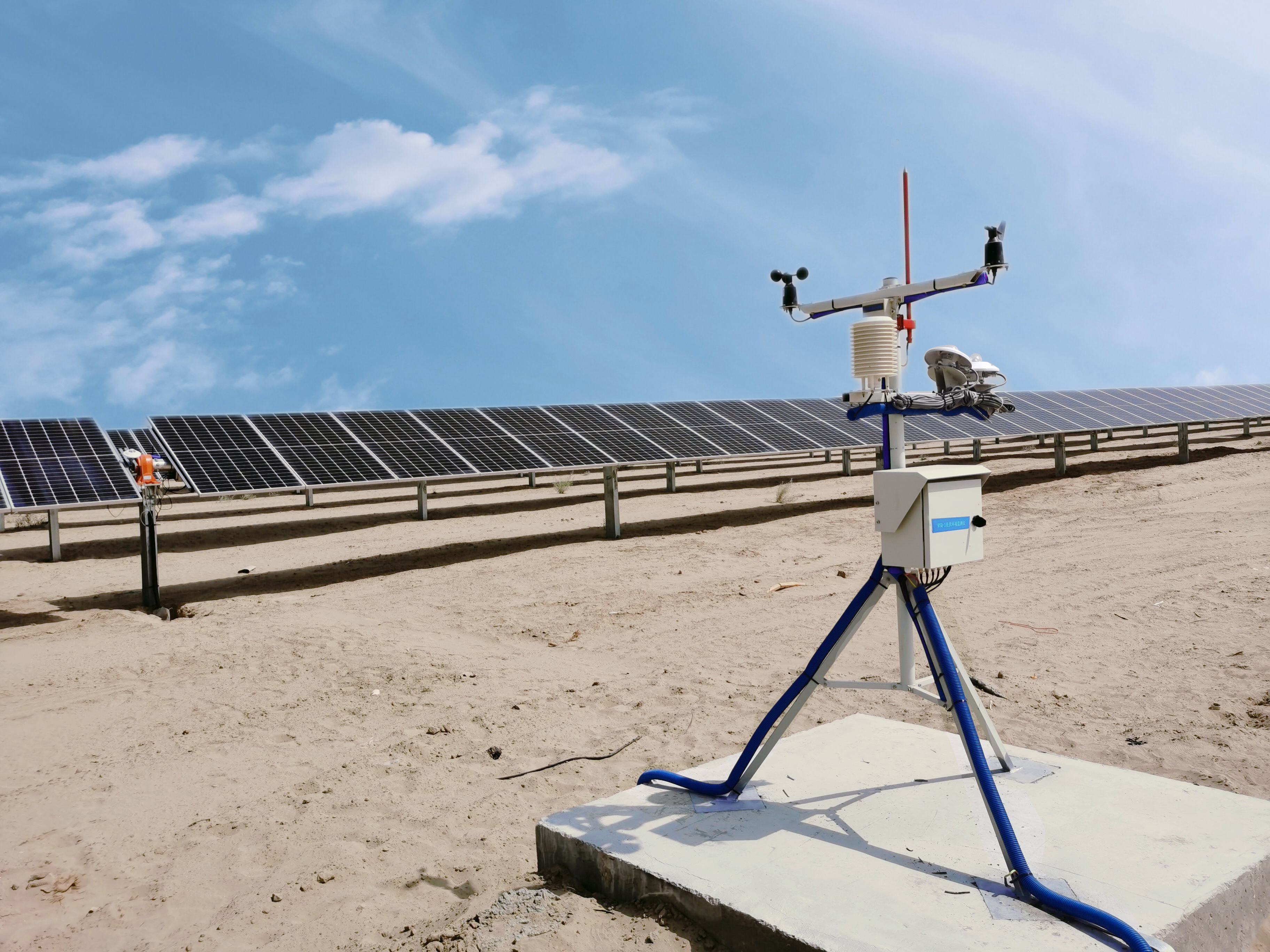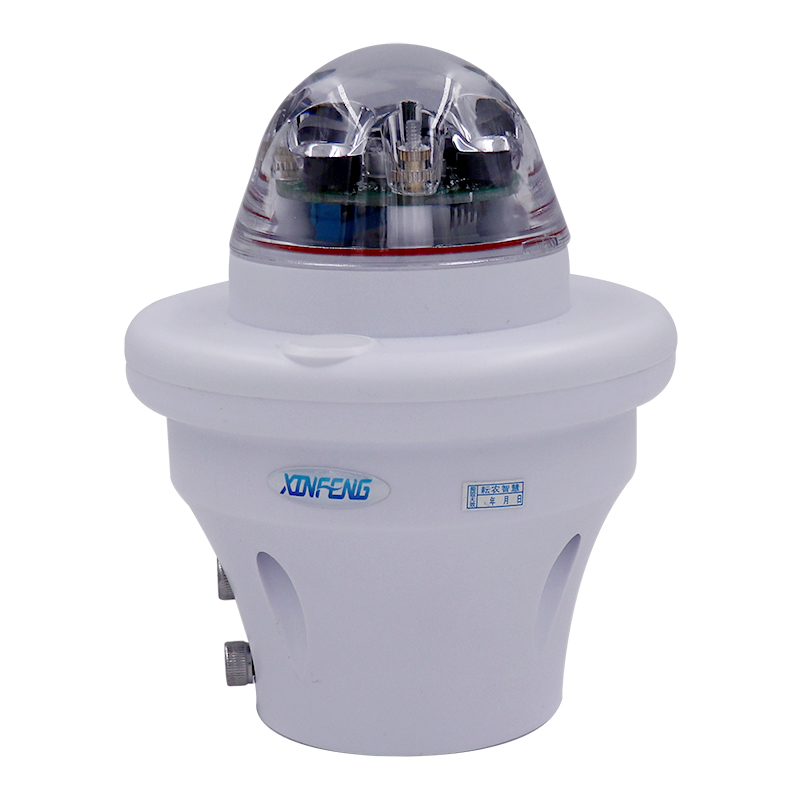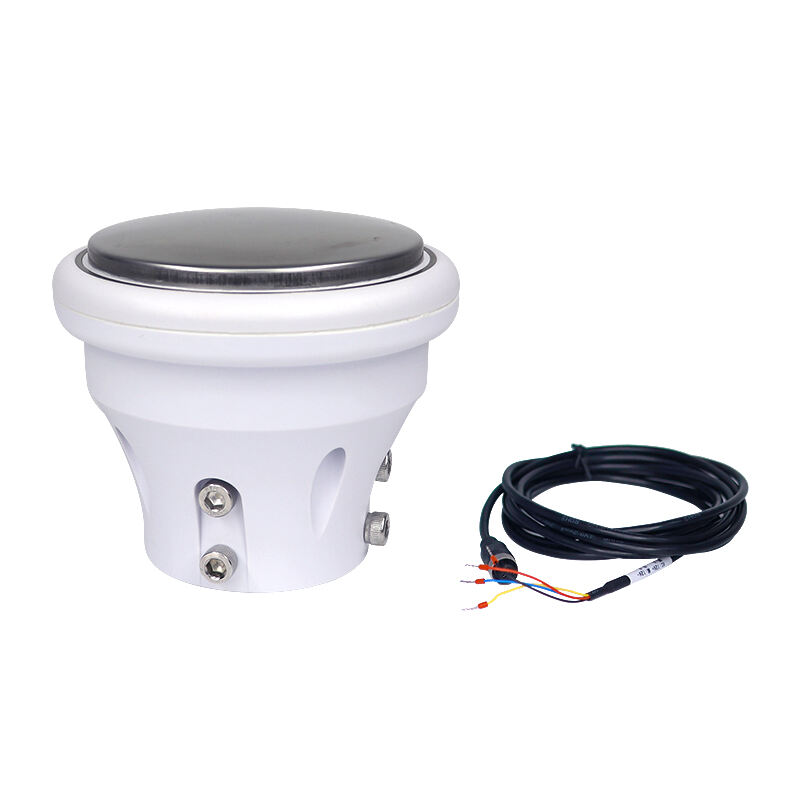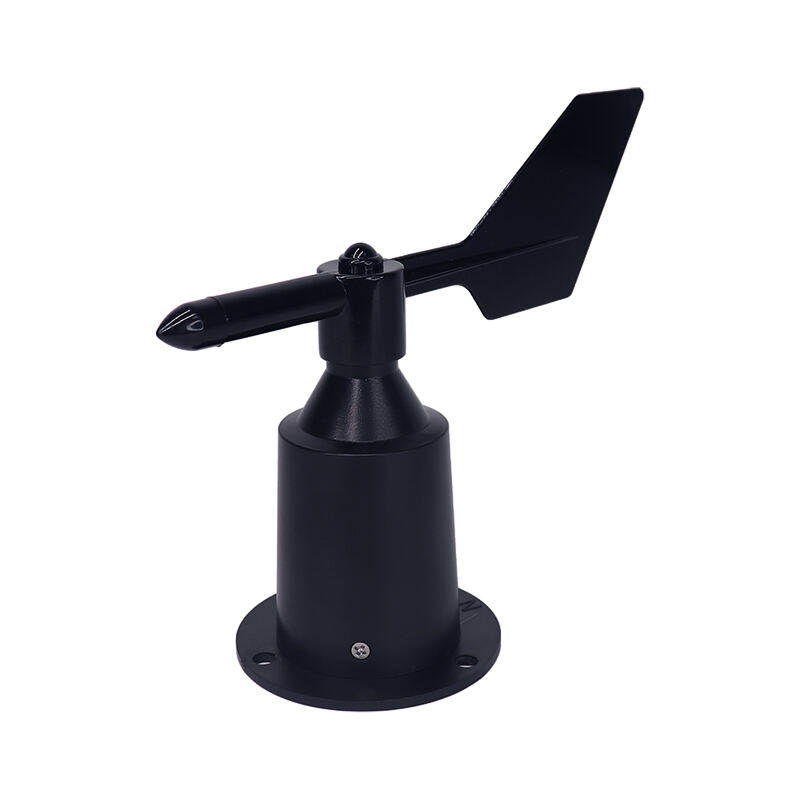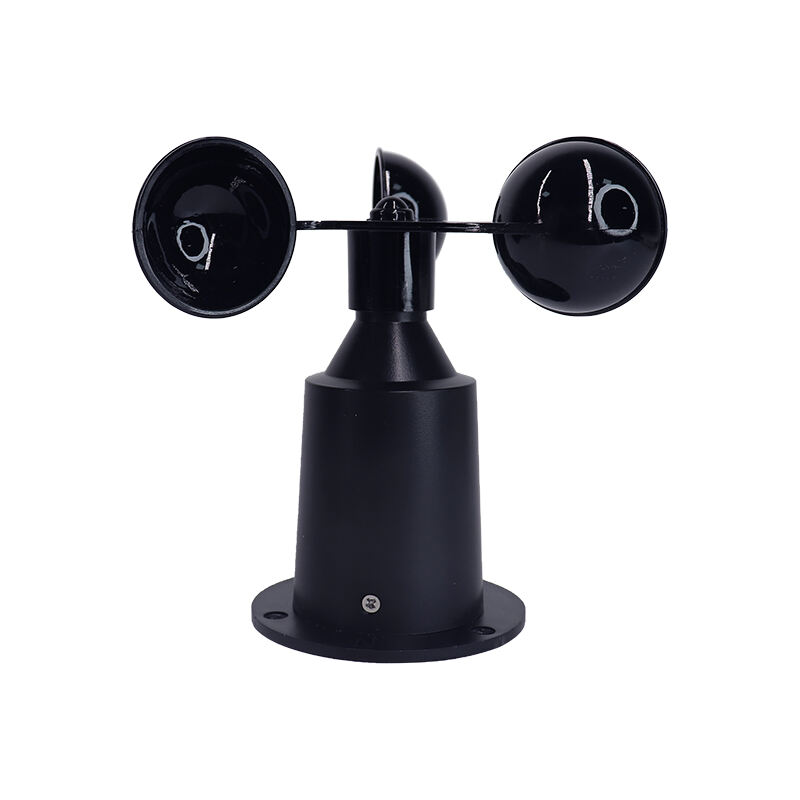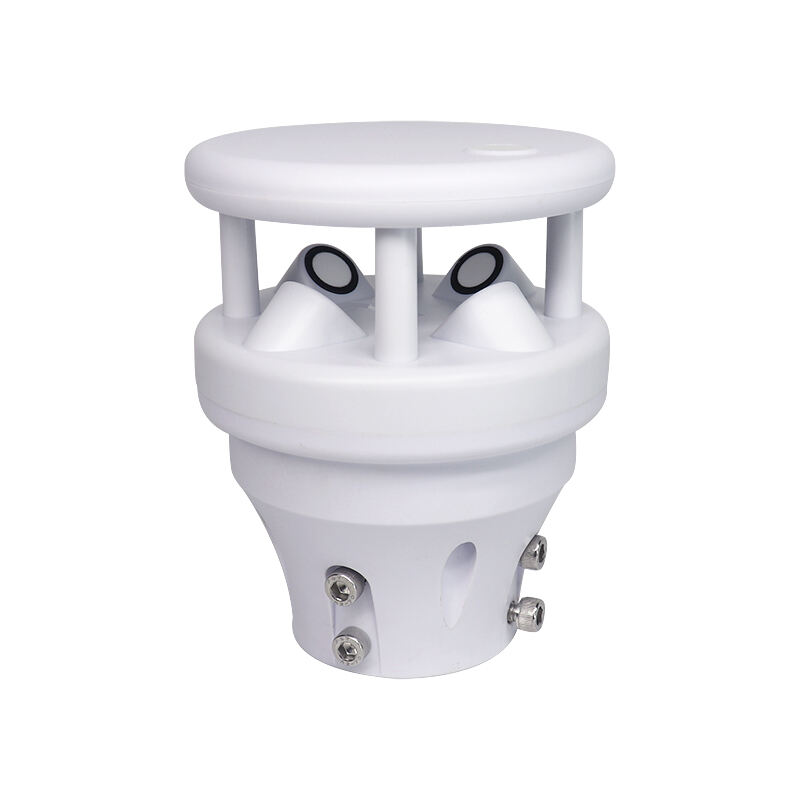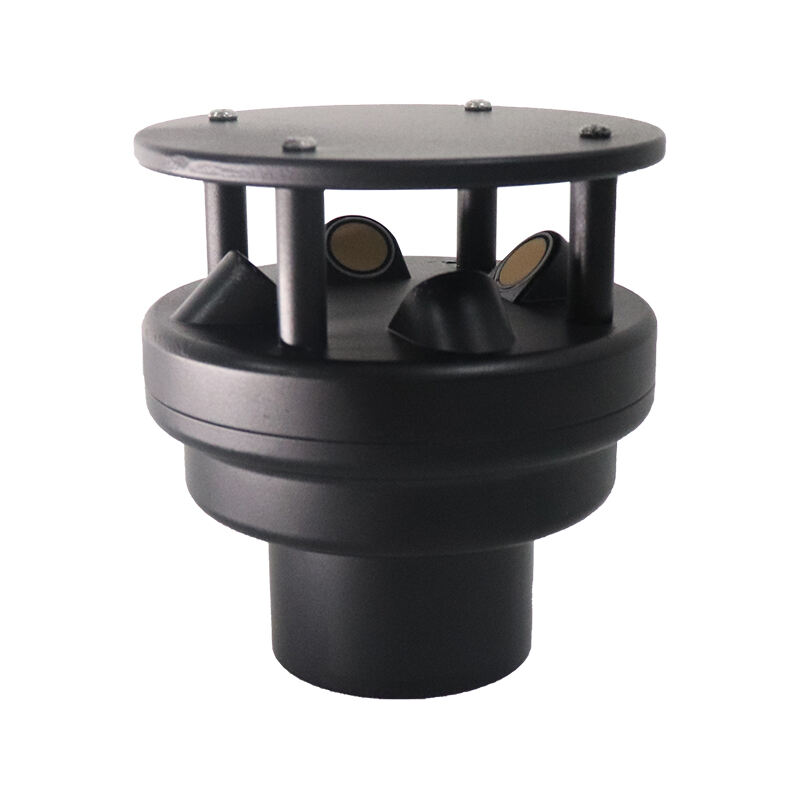Introduction
Monitoring outdoor weather conditions is essential for gardening, farming, outdoor activities, or just being prepared for sudden weather changes. Outdoor weather stations provide precise, real-time data on temperature, humidity, atmospheric pressure, rainfall, wind speed and direction, and more to help you make informed decisions.
Why do you need to set up an outdoor weather station?
1. Accurate weather insights
Unlike general forecasts, outdoor weather stations provide hyperlocal data to help you track weather conditions in a specific location.
2. Improved outdoor planning
Whether you are hosting a party, managing crops, or planning a hike, detailed weather data ensures optimal arrangements.
3. Safety precautions
Get notified of extreme weather conditions to protect your family and home belongings.
4. Environmental awareness
Monitoring local weather patterns increases awareness of climate change and its impact on the surrounding environment.
Key features of outdoor weather stations
1. Comprehensive sensors
·Temperature and humiditysensor: monitor extreme temperatures for comfort or plant health.
·Rain gauge: helps manage irrigation and understand precipitation patterns.
·Wind speed and directionsensor:Essential for outdoor activities, boating, or severe weather warnings.
·Solar radiation sensor: Protect yourself and your plants by monitoring harmful sunlight levels.
Atmospheric pressure: Changes in atmospheric pressure are critical to human health and life.
2. Durability
An outdoor weather station must be able to withstand harsh conditions. Weatherproof materials are the first choice for outdoor weather stations.
3. Connectivity
·Wi-Fi enabled: Access data remotely on your phone or computer.
·Smart home integration: Sync with Alexa, Google Home, or other devices.
4. Data accuracy and range
High-quality sensors and strong signal range ensure reliable data, even in large outdoor areas.
Top Outdoor Weather Stations to Consider in 2024
·Features: High-precision sensor, solar power, professional-grade durability.
·Best for: Advanced users and weather enthusiasts.
How to set up your outdoor weather station?

1. Choose an ideal location:
Place the weather station in an open, unobstructed area away from tall buildings or trees.
2. Mount securely:
Use a sturdy pole or bracket to ensure the sensor is stable and properly aligned.
3. Calibrate the sensor:
Follow the manufacturer's guidelines to ensure accurate readings.
4. Connect to a network:
Configure 4G for remote access and data monitoring.
5. Test the system:
Regularly check data accuracy and clean the sensor to maintain performance.
Benefits of outdoor weather stations for different users:
For gardeners and farmers
Monitor soil moisture, rainfall, and temperature to optimize planting and irrigation.
For outdoor enthusiasts
Safely plan hiking, camping, or boating trips by tracking weather conditions.
For event planners
Ensure outdoor activities go smoothly by monitoring wind speed, rainfall, and temperature.
For Environmentalists
Track long-term weather patterns to study climate change and local ecosystems.
FAQs
1. How much do outdoor weather stations cost?
Prices range from $50 to over $1,000, depending on features and build quality.
2. Can outdoor weather stations predict storms?
While they can’t predict, they provide real-time data that can alert you to severe weather forming.
3. How far away should the sensor be from a building?
For best results, place the sensor at least 30 feet from a building and 5-7 feet off the ground.
Conclusion
An outdoor weather station is more than just a gadget—it’s a valuable tool for anyone who spends time outdoors or relies on weather data. By choosing a durable, feature-rich weather station and installing it correctly, you can enjoy precise, actionable weather insights at all times.
Invest in an outdoor weather station today and stay ahead of Mother Nature’s surprises!

 EN
EN
 AR
AR
 BG
BG
 HR
HR
 FR
FR
 JA
JA
 KO
KO
 PT
PT
 RU
RU
 ES
ES
 ID
ID
 VI
VI
 TH
TH
